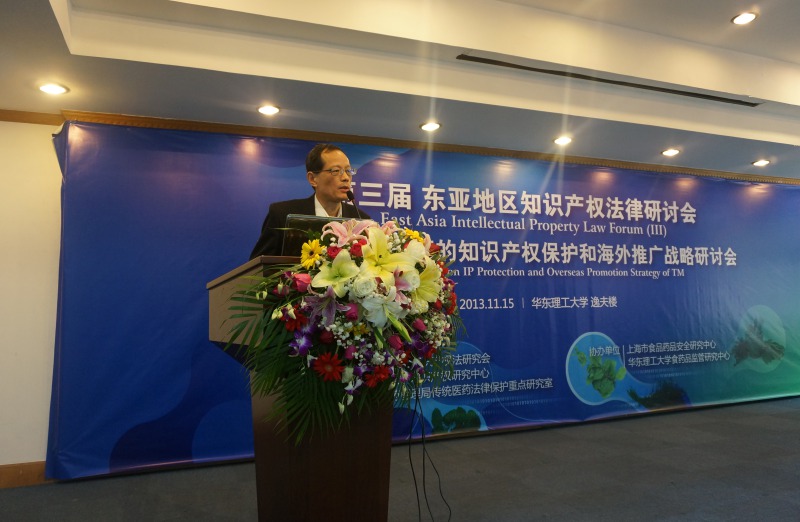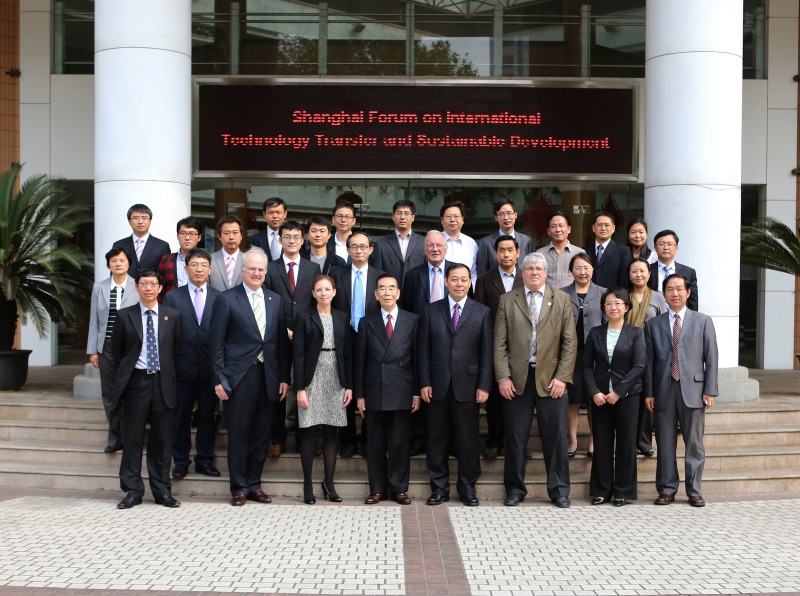Rare large tombs of Six Dynasties found in Nanchang, Jiangxi Province
After 475 days of field excavation, 73 tombs of the Six Dynasties in qixingdui, Ganjiang new area, Jiangxi Province have been cleared, among which the number of tombs of the Six Dynasties is the largest, the shape is the richest, the scale is the largest and the level is the highest. This tomb group is a rare and well preserved large-scale tomb group of the Six Dynasties in China. It is a major archaeological discovery of the Six Dynasties in China. More than 700 unearthed relics show the prosperity of the maritime Silk Road in the Sun Wu period, and it is an important material for the study of the maritime silk road.
Located in the south of rulehu and the west of Ganjiang, the tomb group of qixingdui and Liuchao in Ganjiang new area, Jiangxi Province, is divided into three excavation areas, i.e. A, B and C, with a total square area of 8000 square meters. At present, the excavation of area A and C has been basically completed, and area B is under full exploration.
There are 16 tombs of Six Dynasties in excavation area A. There is no sign of breaking between the tombs; the tombs are arranged in a line from east to west, with the same direction of the tomb path; the drainage ditch is planned orderly and connected with the tomb, with obvious signs of breaking the connection between the ditch and the ditch, forming a complex underground drainage system; it is speculated that this area should be a family cemetery.
According to the inscriptions of "Zhou Hou" found in this area, and referring to the shape of the tomb, the tomb should be the tomb of Zhou family in the Six Dynasties. Based on the analysis of the shape, specification and arrangement of the tombs, it is inferred that the first generation of tomb owner should be tomb five, and the second tomb owner's official position is military officer. Because of the age-old, laterite soil, poor preservation conditions of tombs and tomb robbing, the coffins and human bones in the tombs are decayed, so it is impossible to extract specimens.
Source: Xinhua net
time: December 9, 2019
next:Baotu Spring, the best spring in the world


